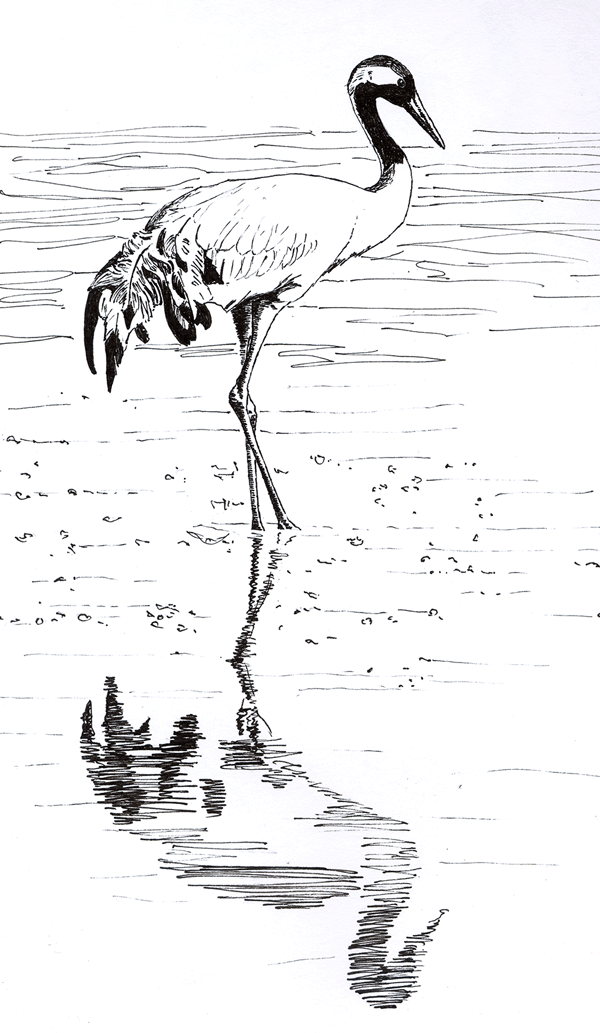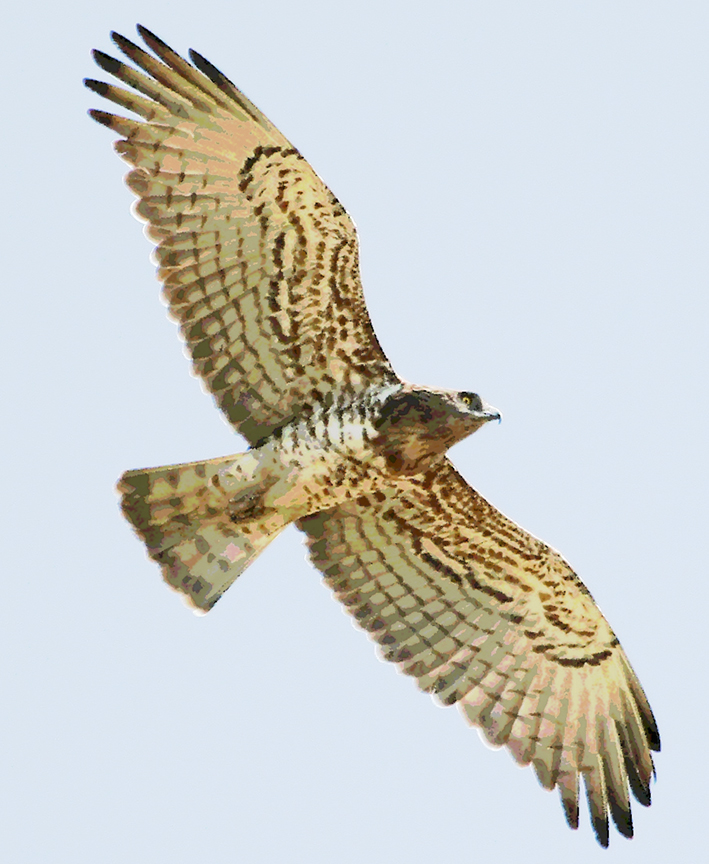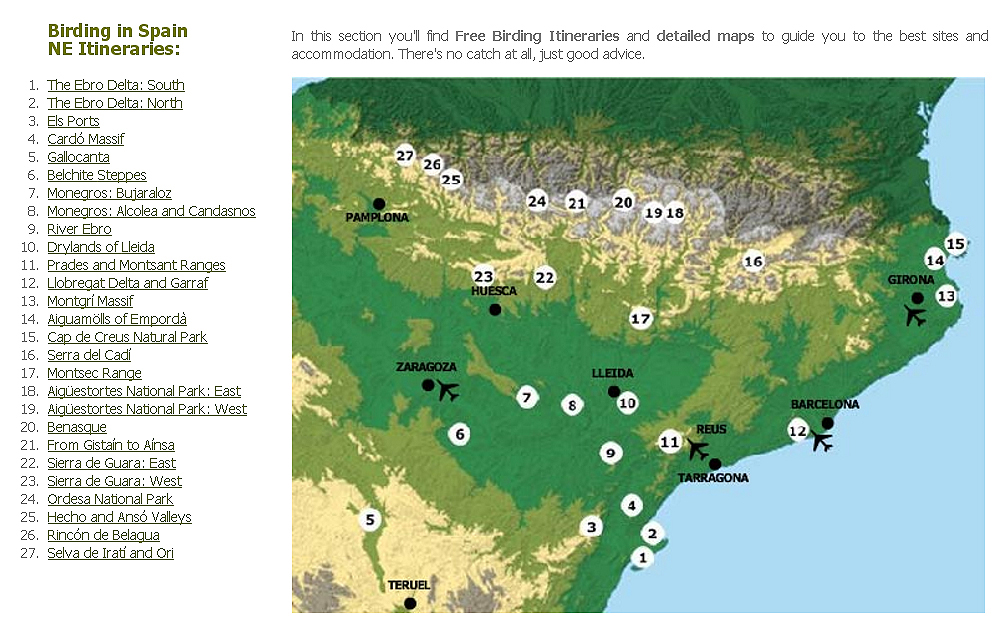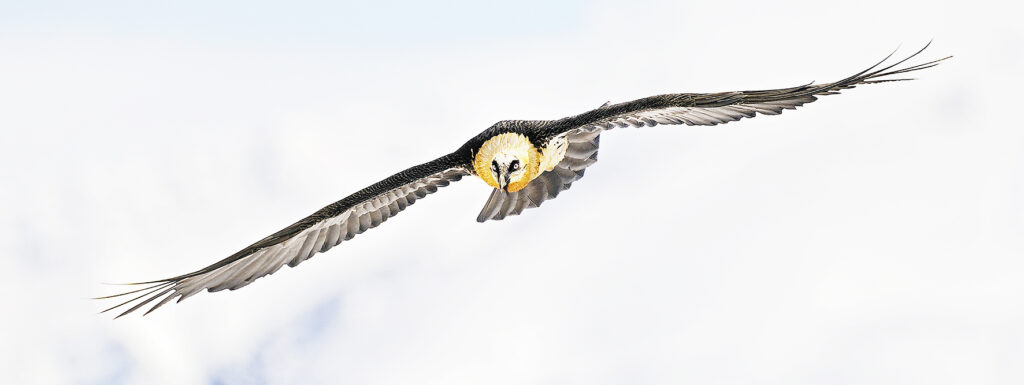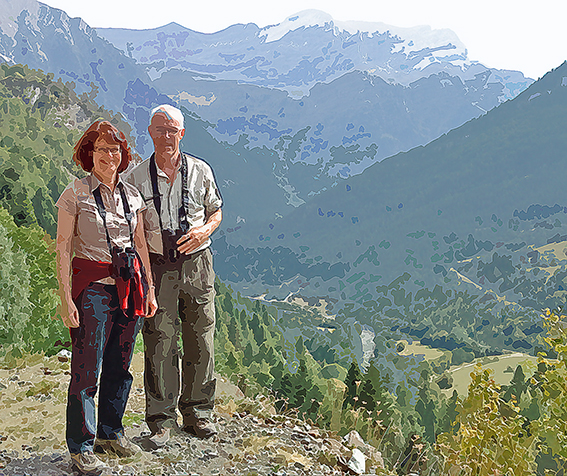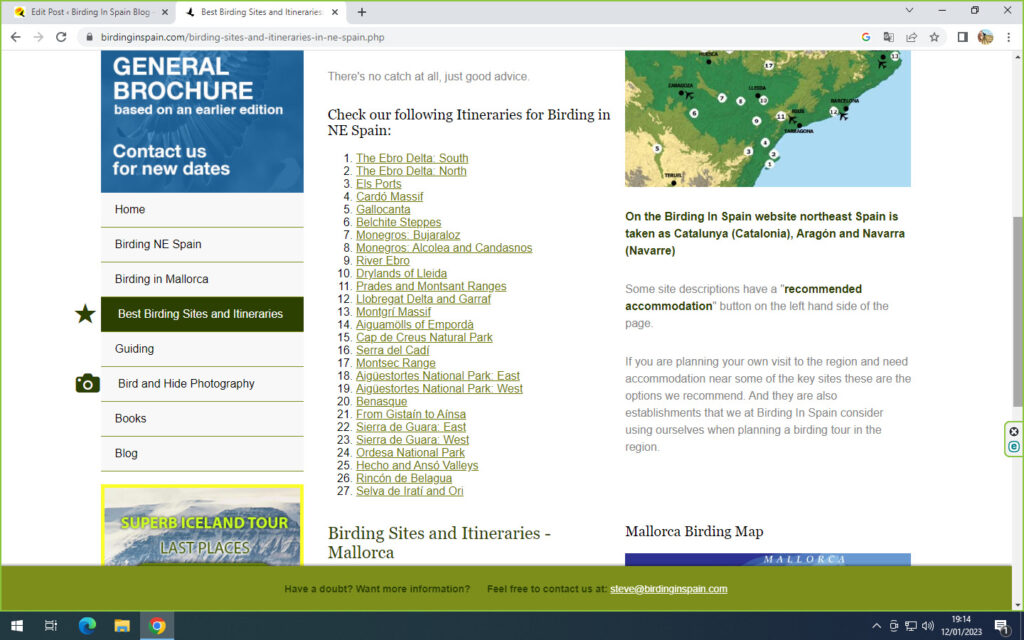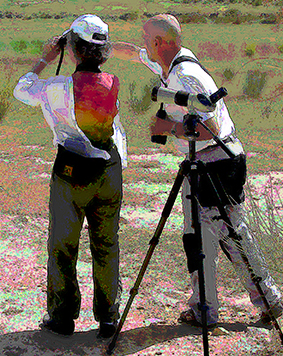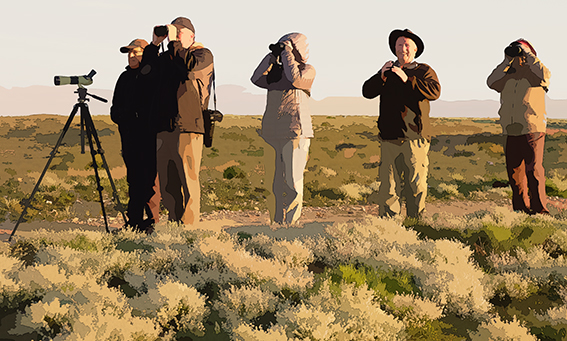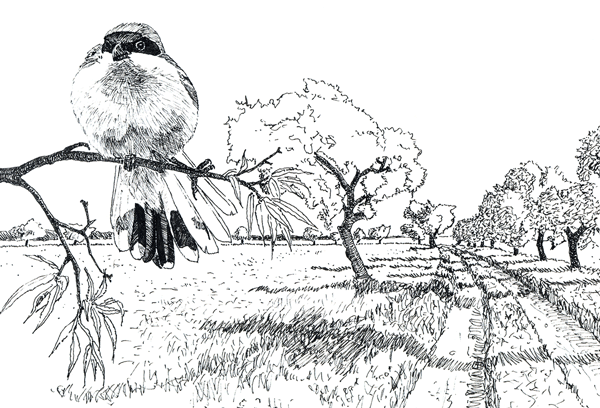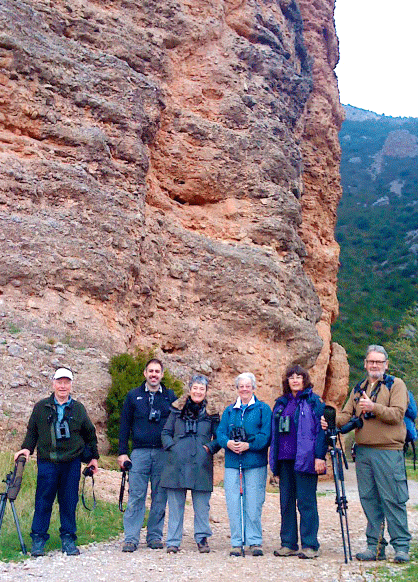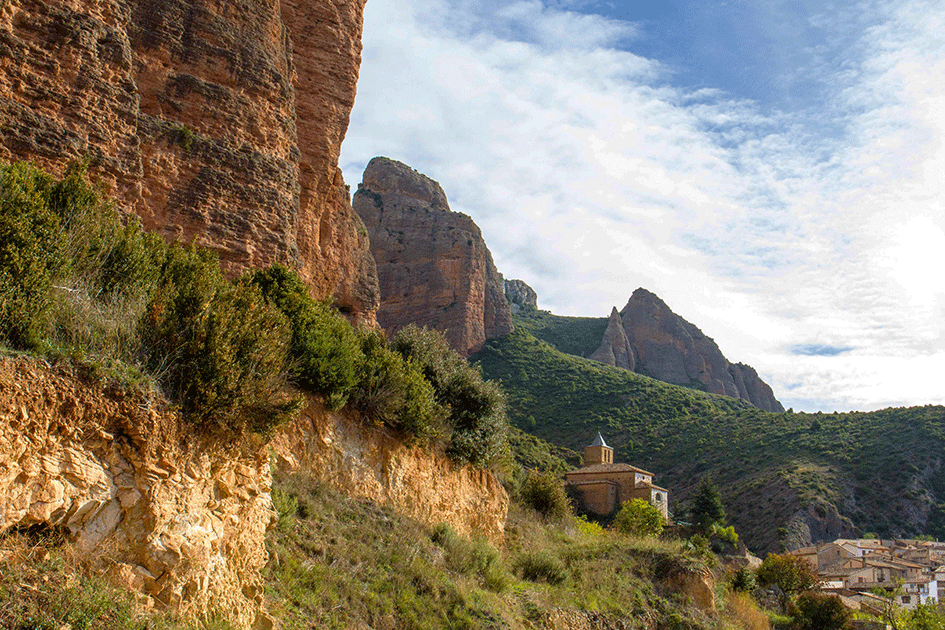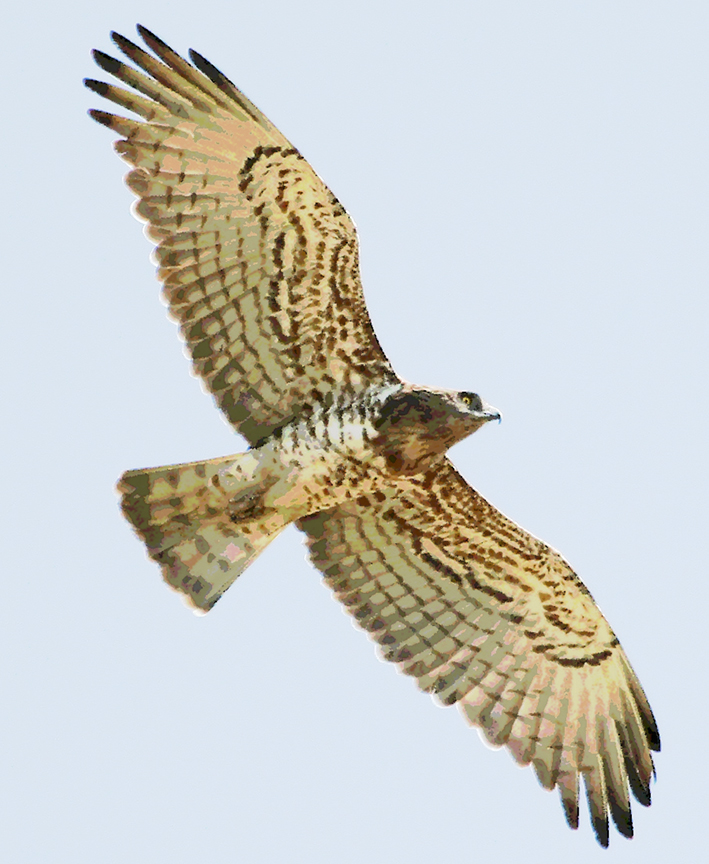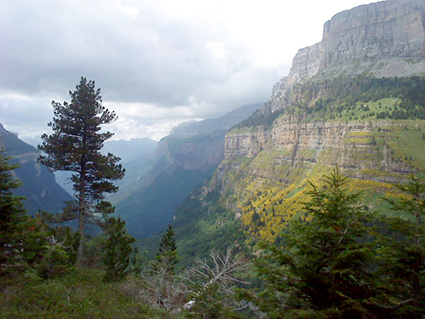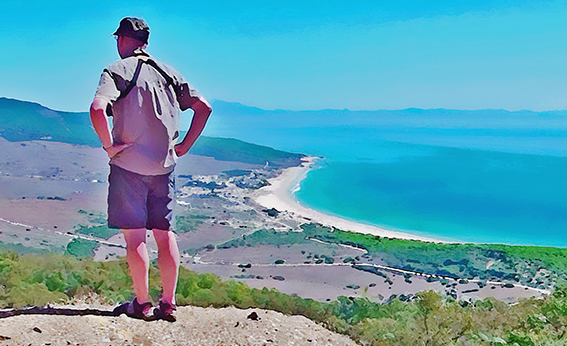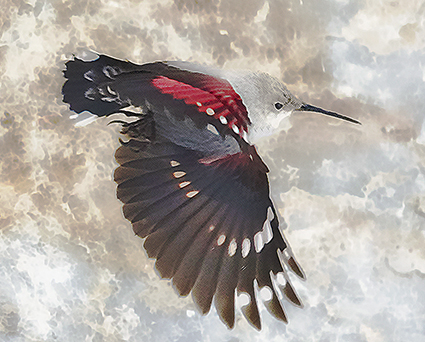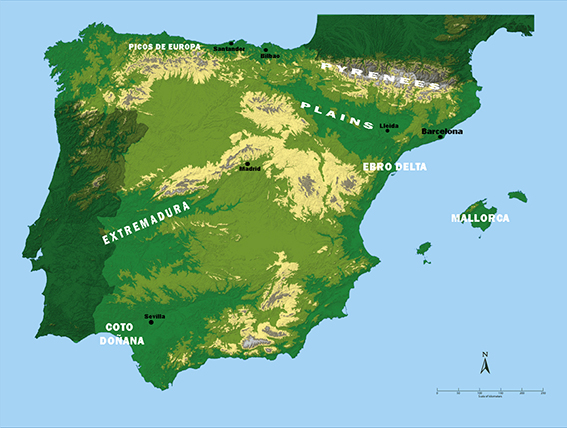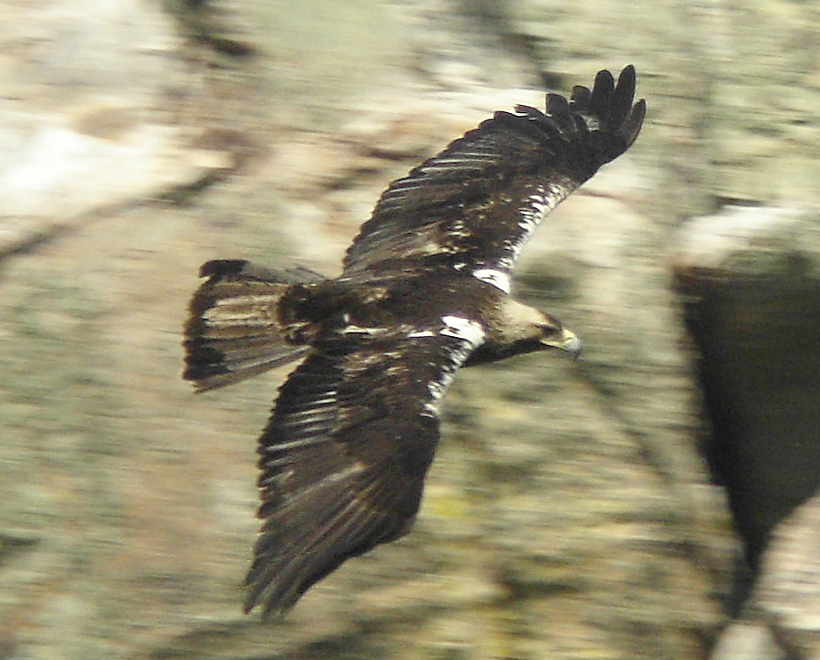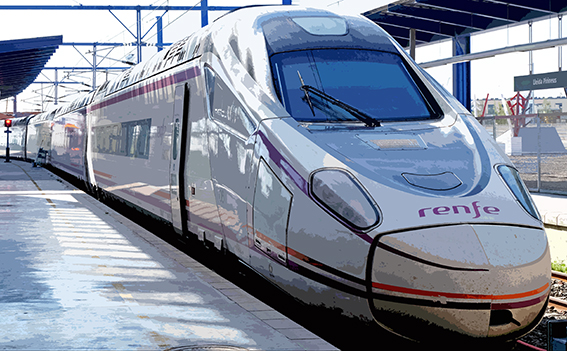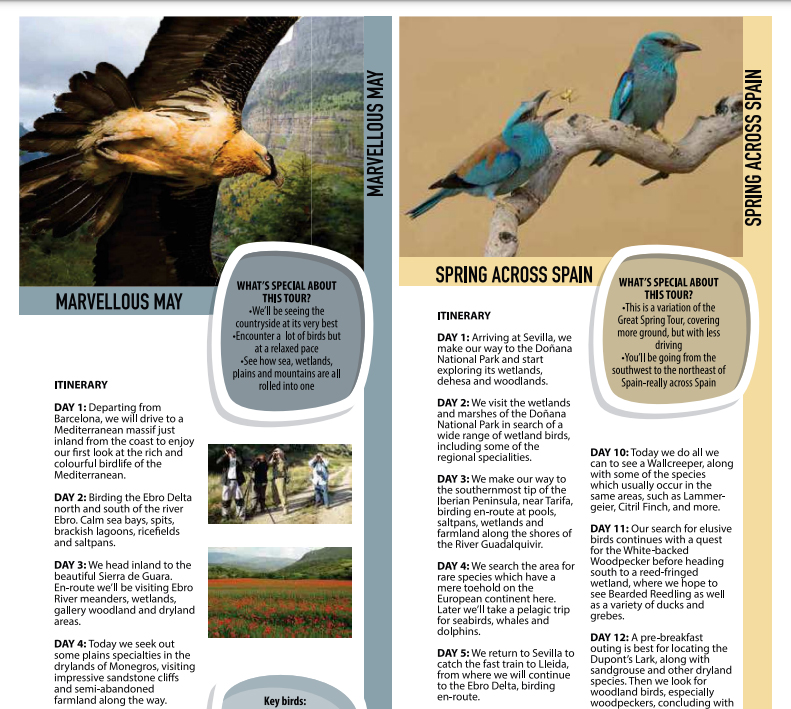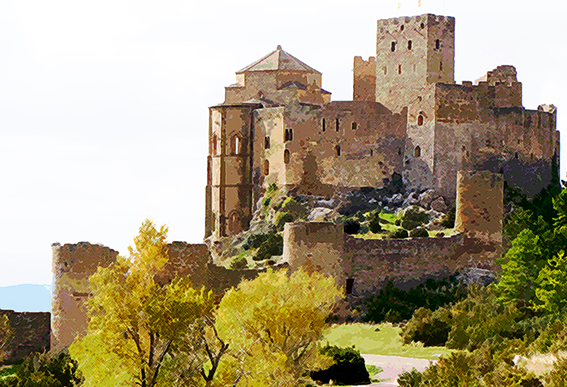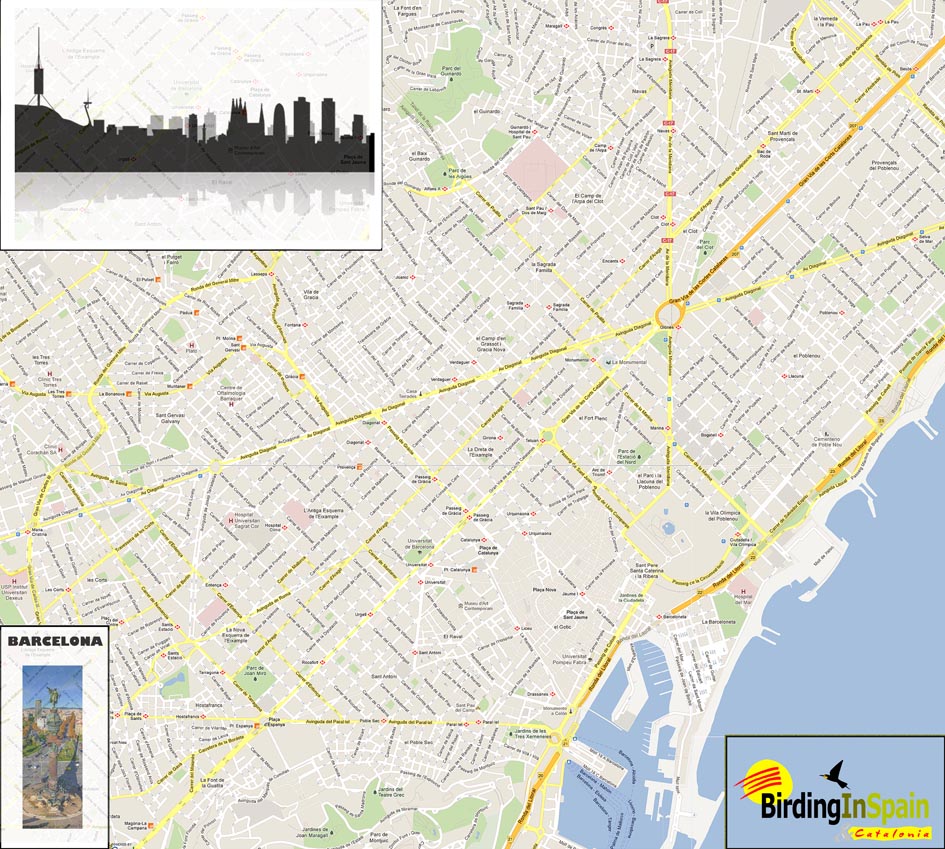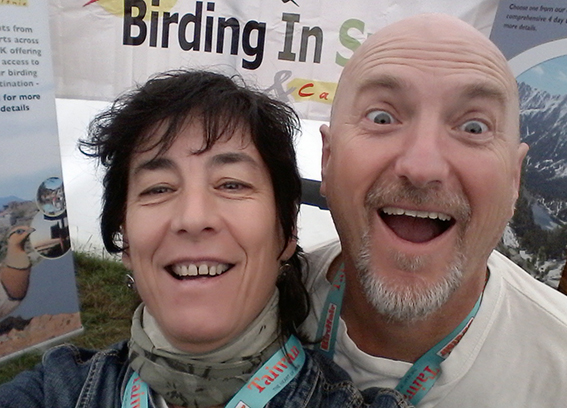Think again, take the train?
Most birders arriving in Spain from other countries arrive by plane. This is through flights to Barcelona or Madrid airport usually, although some may arrive at Málaga, Sevilla, Bilbao, or one of the smaller airports, depending on where they hail from.
Then, they either hire a car, or wait to be picked up by their guide or tour leader. Very few visiting birders ever think about getting the train.
To get to Spain can pass through from France by train, but this article is aimed more at travelling around the fast train network within mainland Spain.
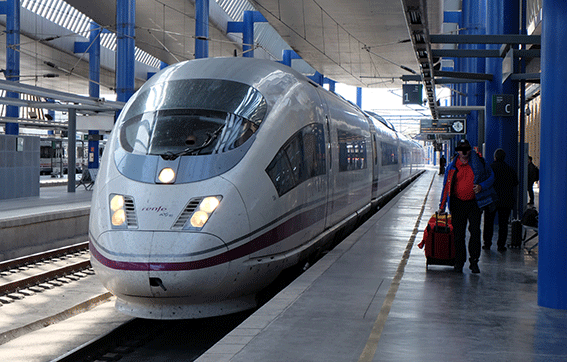
AVE Fast train in Spain
The Spanish national railway network is run by the national company, Renfe. Their website is the one to consult to get train prices, schedules and to plan and book your journeys. Have a look at www.Renfe.com to see how it works. You can see the web in English if you desire.
One disadvantage of this easy to navigate site is that you can’t book trains for more than 3 months in advance, so bear that in mind.
There’s another thing too: the different types of trains may be confusing to the travelling birder. That’s easily remedied …
AVE – This stands for “Alta Velocidad Española” and coincidentally “ave” is also “bird” in Spanish! How about that, eh? A good omen, surely.
AVE trains are the fastest and most modern, and usually the most expensive too. The AVE can reach speeds of just over 300km/h, which means it can do the trajectory Barcelona – Madrid in 2hours 30 minutes (500km) or Lleida (where we live) to Sevilla in around 4hours 30 minutes (735km, or approximately 10 hours by road).
It’s a challenge to identify birds at that speed, but even so I always try to book a window seat and give it a go …
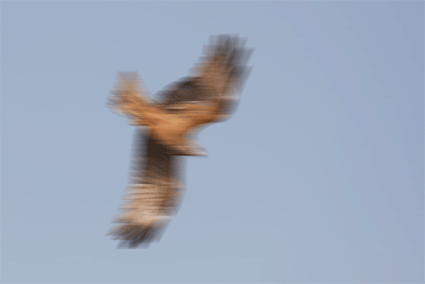
Black Kite at 300km/h
One advantage of the AVE trains is their punctuality compromise, which I have benefitted from on two occasions, once when my train was late by 40 minutes, and another by just over an hour (full money back on both occasions). Then they usually have a cafeteria carriage, and if you don’t mind the slightly higher prices for beverages in paper cups you can be sure to get the caffeine hit you may need to continue your journey once you get to the station.
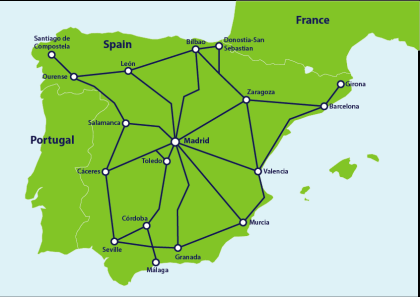
Spanish intercity train network
Then there’s also Alvia and Avant. These are essentially cheaper versions of the AVE. Alvia uses both the high speed and the normal network, while Avant uses only the high speed one. Both are usually lower priced than the AVE, but that may depend on demand and the timing. Worth checking out when available. There are also Intercity and regional express trains, but that’s another story …
Our Spring across Spain tour (you can find it in our brochure here) is unique in that it connects the northeast and the southwest of Spain birding areas with the fast train between Sevilla and Zaragoza. Check it out …enjoy the birds AND the journey.

